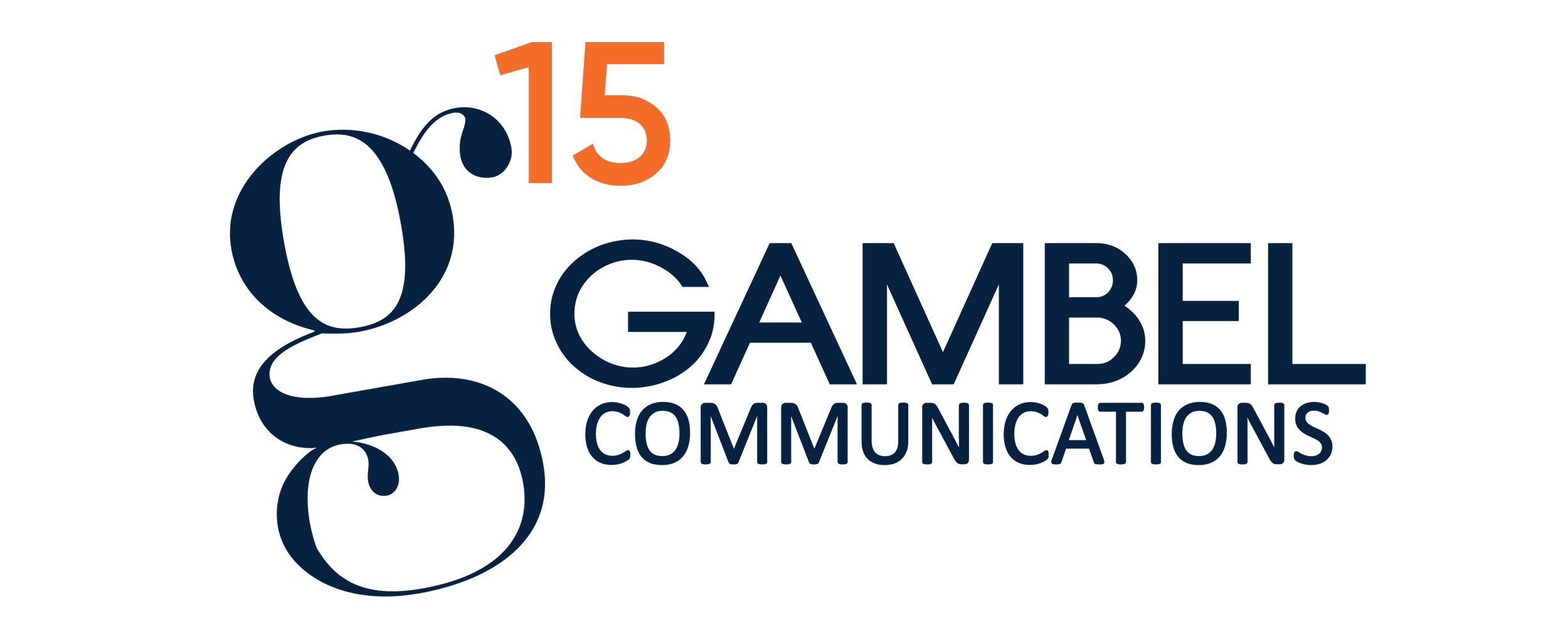The 12 Days of Christmas Networking: Schmoozing with Benefits
Many people call me a “networker extraordinaire,” and while I appreciate that portrayal, I am the first to admit that networking takes work. You don’t acquire a “Rolodex” in the thousands without perseverance.
And what better time of year to hone your affable attributes than the holidays? Much like social media platforms today, networking “in the flesh” requires a certain strategy. No, it’s not just schmoozing, but rather a deliberate art with a projected outcome. Call it “schmoozing with benefits,” if you will. Years ago author Ilise Benum crafted her “Art of Schmoozing” list, and I have shared it with staff and emerging business leaders countless times. Here is my variation of that list.
Be discriminating. There are countless events to attend from Chamber business card exchanges to professional development workshops to tailgating at Friday night football. Pick and choose those that are most aligned with your business goals. Do a little background research on who will be at the event and make a point to introduce yourself to relevant business contacts or potential clients.
The event is secondary. Arrive before the event begins and stay after it ends. This is when the real opportunities occur. Same holds true for social events. Attending the more intimate patron party can be much more beneficial than the all-inclusive main event.
Begin conversations. Discuss topics of interest. How ‘bout those Saints? What do you think of the new neighborhood restaurant? Take your cues from social media; talking only about yourself and your business can be boring. Get down to business once you have established a rapport.
Circulate. Don’t feel the need to stay with one conversation or in one place (for me it is usually at the entrance). Make your way around the room-at least one full circle. This is why getting to a meeting or event before it starts is important.
Don’t sit with people you know. Tread down uncharted waters. Introduce yourself to each person at the table and exchange business cards as appropriate. Make the contact count. You don’t want to end up with a stack of cards that you toss when you get back to the office.
Eat your heart out. Food is a great way to begin a conversation. What’s good on the buffet? May I help you juggle your plates? Oh, no-not another chicken dish! Food lines are often less intimidating than approaching a group.
Contact is more important than contacts. Sure, collecting business cards may give you a sense of accomplishment, but it is what you do with them that is important. Add them to your Outlook or exchange contacts on the spot with cell phones; shoot them an email; and for those with the most promise, steward the relationship by sending articles of interest, scheduling coffee or inviting them to your office. If you don’t follow up, you have not maximized your valuable networking time.
Bond through social media. Connect with your new contacts on Linked In, Facebook, Twitter and other social media platforms. If used strategically, you can learn a lot.
Have business cards (and pen) easily accessible. Load your pockets, place in a nametag protector or in an outside flap of your purse. It is more efficient to do the exchange right then and there.
Take notes. Whether it is about the speaker or reminders about whom you meet, notes are wonderful memory joggers and can serve you well when you follow up. Use your Smart Phone’s notes app or tuck a notepad in your pocket to make it easy.
Be memorable. Wear something distinctive like a colorful tie, pin or hat. This serves as a conversation starter and as the subject of any follow up communication (“I was the one wearing the Santa Claus tie”). Other ways to be memorable are to sign on as an event sponsor, ask to introduce the speaker, say the blessing, lead the Pledge of Allegiance or even ask a question during Q and A.
Listen and ask questions. Yes, have your elevator speech ready but more importantly learn about your new contact. Take cues and respond. Can you fulfill each other’s needs? Can she introduce you to people you may want to know? What do you have in common?
This article by Betsie Gambel originally appeared in The Huffington Post, 2013.


